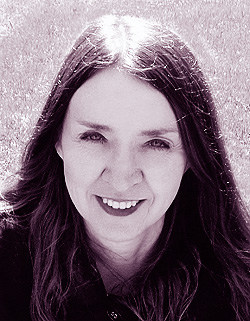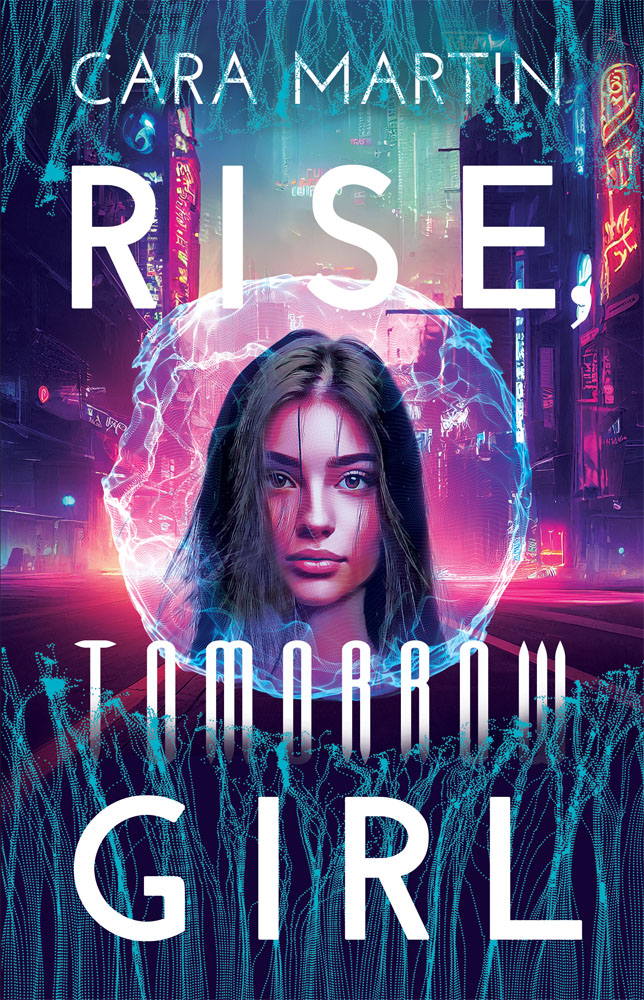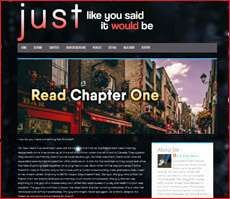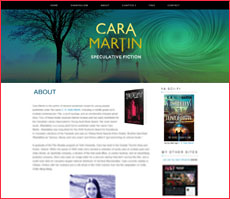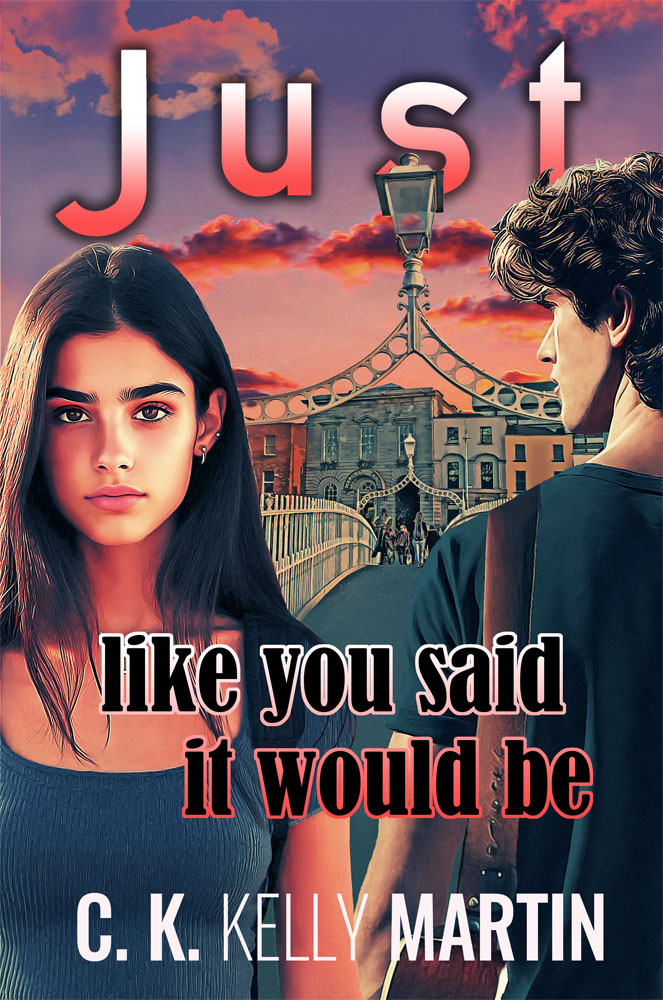Hmm, it's been a couple of years since I read High Fidelity but I remember main character Rob Fleming as in his thirties but still undoubtedly suffering from growing pains and the first person narration is both very immediate and accessible, qualities shared by copious amounts of teen fiction. However, if the chief factor defining a book as YA is indeed the main character's age why were Megan McCafferty's Jessica Darling books released as adult novels? The first two books in the series, Sloppy Firsts and Second Helpings, definitely read like YA, both in tone and by virtue of featuring a teen protagonist. Elizabeth Berg's trilogy, following the life of twelve to thirteen year-old Katie Nash, is likewise shelved in the adult fiction section of the bookstore while Stephanie Kuehnert's I Wanna Be Your Joey Ramone details the life of its main character Emily Black through childhood and up to her early twenties but resides on YA shelves. Meanwhile Melissa Marr's highly successful teen novel Wicked Lovely was re-released as an adult mass market novel in Germany, debuting on the bestseller list at 32.
The Curious Incident of the Dog in the Night-Time (Mark Haddon) and The Girls (Lori Lansen) are both crossover titles, with versions of the books being released for both the youth and adult markets. Defining YA is trickier than it at first appears - obviously it's not just about narration style or the age of the main character so if there's one special thing that marks a book as YA, I have to confess that as a young adult writer I'm not quite sure what that is. I also have to wonder, given the common wisdom that teens fourteen and older mainly read adult books, and that adults themselves are clearly drawn to material revolving around young people if it's marketed in a way that doesn't dissuade them from reading/viewing it, if we need to rethink how books aimed at the older end of the YA spectrum are marketed and shelved. To my mind novels like Tyrell, Before I Die, Inexcusable and Thirteen Reasons Why (all books described as being for readers fourteen and up) read like natural born crossovers. None of them give you the sense that they're pulling their punches because of their young characters. Novels so edgy you could put an eye out with them, funny books, chick lit, fantasy sagas - all of that and more can be found on young adult shelves. I have a hard time believing mature fiction readers wouldn't give any of these teen books a chance - if they were only aware of what was out there.
Maybe some of the novels I've mentioned will be lucky enough to be adapted for the screen and find their audience that way or perhaps a publisher will decide to repackage a couple of them and transplant them to the general fiction shelf but at the moment there's a hell of a lot of good material hiding out in the YA section, away from the eyes of the general population.
In May, Newsweek published an article about the publishing business being flat, except for teen books, which are booming. A recent New York magazine article was full of even more doom and gloom, musing on the death of the book business as we know it. Yet according to a Children's Book Council sales survey, young adult fiction sales are up more than 25 percent in the past few years. Wouldn't it be nice to spread some of that vigor around the bookstore? What would happen if bookshops began stocking more titles intended for older teens simultaneously on both the YA and adult shelves? In many bookshops the teen department is still uncomfortably close to the picture books and easy readers. Would more people be inclined to check out the teen section if it resided closer to adult fiction or somewhere else within the store entirely? Maybe instead of marketing older YA strictly to a very narrow segment of the population (grades 9 - 12) a more general, PG-13 sort of tact could be taken. In the meantime, discover a wealth of new reading material by taking a stroll through your local bookstore's teen section and look for Nick and Norah's Infinite Playlist and Twilight at a theatre near you.


